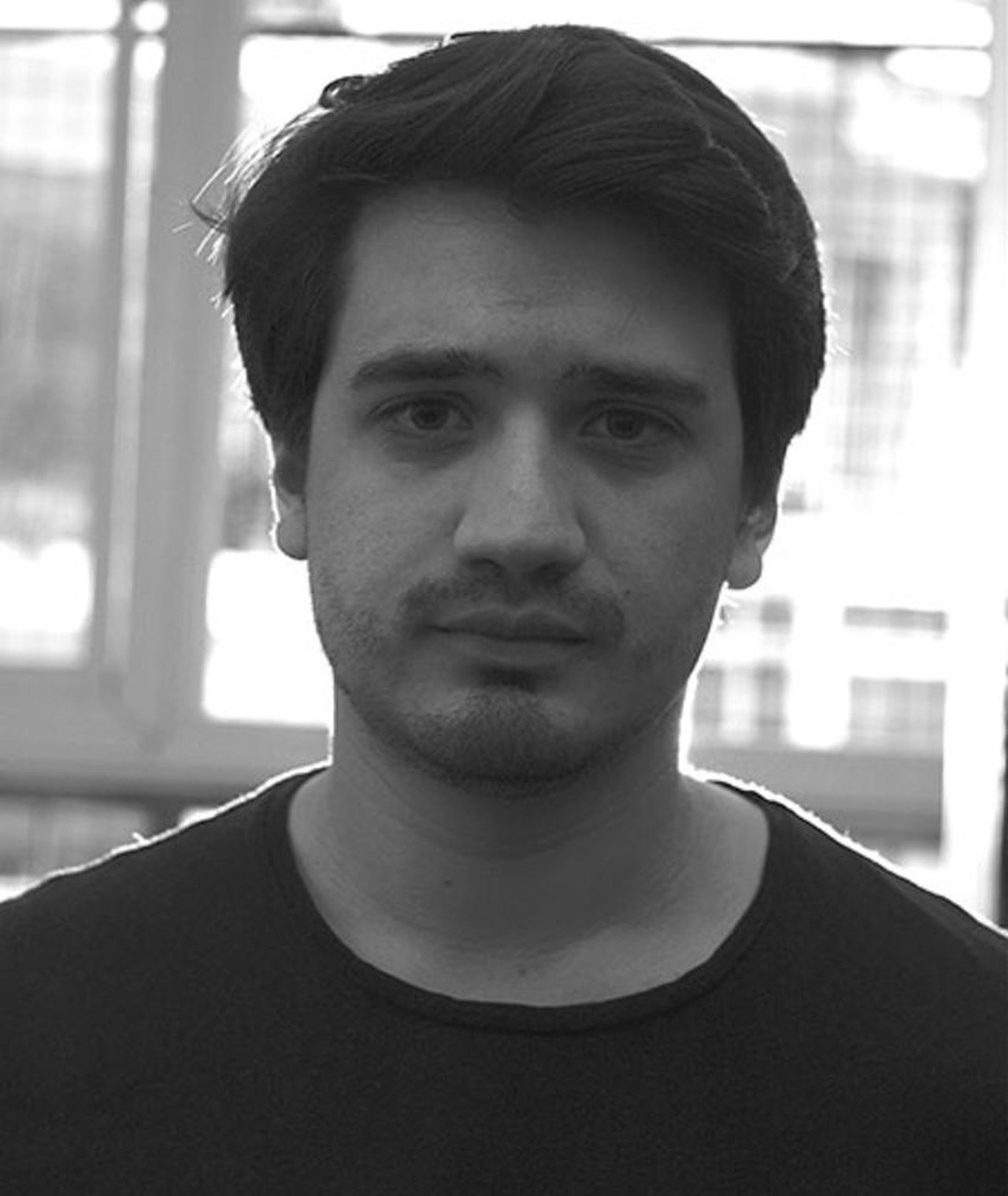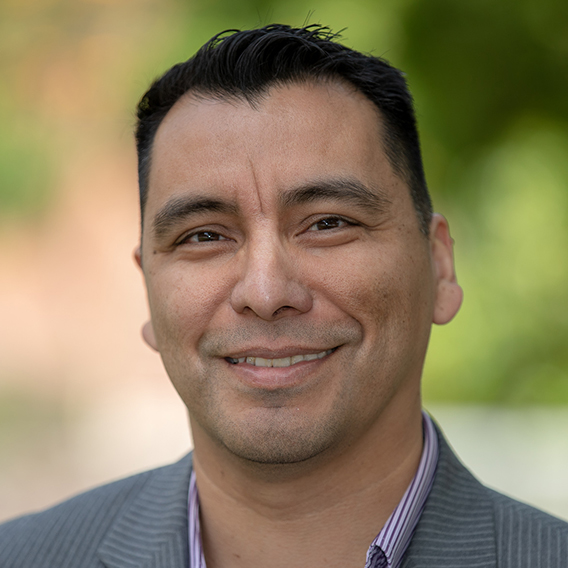Santiago Bernabéu le stade royal de Madrid en perpétuelle mutation

Manuel Muñoz Films, Bio en Lijsten op MUBI
The Ramón Sánchez Pizjuán Stadium ( Spanish: Estadio Ramón Sánchez-Pizjuán; [esˈtaðjo raˈmon ˈsantʃeθ piθˈxwan]) is a football stadium in Seville, Spain. It is the home stadium of Sevilla Fútbol Club, and is named after the club's former president, Ramón Sánchez-Pizjuán (1900-1956). [2]

SOL Y MOSCAS LA PLAYA DE MADRID
One of the world's best-known stadiums, the Santiago Bernabéu was originally built in 1947 and designed by architects Manuel Muñoz Monasterio and Luis Alemany Soler. It is currently the.

Arniches y Domínguez, la arquitectura, el exilio y la vida Escaparate ignorado
On 5 September 1944, architects Manuel Muñoz Monasterio and Luis Alemany Soler were hired and the structure on the site began to give way to the new stadium. On 27 October 1944, construction work on the stadium began. The Nuevo Estadio Chamartín (English: New Chamartín Stadium).

Se cumplieron 5 años del fallecimiento de Manuel Muñoz INFO VERA
In September 1944, architects Manuel Munoz Monasterio and Luis Alemany Soler were hired to begin the construction of the new stadium. They started the building in October 1944.

Santiago Bernabéu le stade royal de Madrid en perpétuelle mutation
Manuel Muñoz Monasterio ( Madrid, 14 de mayo de 1903 - Madrid, 1 de abril de 1969 1 ) fue un arquitecto español.

SANTIAGO BERNABEU ACHIQUES Y ESPACIOS
But Espeliús died before he could see his project realized, and it was completed in 1931 by Manuel Muñóz Monasterio, who later designed the Santiago Bernabéu football stadium.

abenojar
The design was awarded to the architects Manuel Muñoz Monasterio y Luis Alemany Soler and in October 1944, construction began on the site. The stadium was inaugurated on December 14th 1947 and at the time of completion it had a capacity of 75, 145 visitors.

Monasterio fortaleza de San Juan Teologo Patmos (Grecia) Manuel Muñoz Flickr
El proyecto elegido para el nuevo hogar del madridismo fue el de los arquitectos Manuel Muñoz Monasterio y Luis Alemany, el tiempo de construcción treinta meses, el presupuesto 68 millones de.

Patmos Monasterio fortaleza de S. Juan Teologo Grecia Manuel Muñoz Flickr
Manuel Muñoz Monasterio (1904-1969) forma parte de los arquitectos que la historiografía arquitectónica, no ha realizado ninguna monografía, ni estudio recopilatorio de su obra, no abundan tampoco los artículos sobre su figura y su vida es bastante poco conocida. La Plaza Monumental y el Estadio Santiago Bernabeu son las referencias mas.

Manuel Muñoz Cátedra contra el estigma
Escala 1:100. 245 x 61 cm Luis ALEMANY SOLER Manuel MUÑOZ MONASTERIO Luis ALEMANY SOLER Manuel MUÑOZ MONASTERIO. Jimena Alcántara. Jimena Alcántara . Creada: 24.05.2022 19:14.

José María Castell, Manuel Muñoz Monasterio, Luis Alemany Soler _ Estadio Santiago Bernabeu
The design team of the project for the New Chamartín Stadium (later the Santiago Bernabéu Stadium) was in the hands of the architects Manuel Muñoz Monasterio (who also built the Ramón de Carranza and Ramón Sánchez Pizjuán stadiums), José María Castell and Luis Alemany Soler. Huarte was the construction company that was awarded the project.

Manuel Muñoz English
Information. Based on a project by José Espelius, who died during its construction, it was completed by Manuel Muñoz Monasterio in 1931 and opened in the same year. Las Ventas holds 23,798 fans and, at 196 feet in diameter, the arena is one of the largest in the world. The bullring has a capacity for 23,798 spectators and a ring with a.

Hotel pez Espada. Obra de los arquitectos Manuel Muñoz Monasterio y Juan Jáuregui
The hotel was built by the architects Manuel Muñoz Monasterio and Juan Jáuregui Briales in 1959-1960, who incorporated in its design the revisionist tendencies of the modern movement in those years, with the introduction of sets of colors, textures, wavy lines, etc.. The two grand staircases in the lobby set the appearance of the main.

Monasterio fortaleza de San Juan Teologo Patmos (Grecia) Manuel Muñoz Flickr
Rather than building a new stadium from the ground up, Real Madrid has opted to instead rehabilitate its 73-year-old home field, originally designed by architects Manuel Muñoz Monasterio and Luis.

Nuestra Señora de Covadonga. Manuel Muñoz Monasterio. 1953. Iglesia, Arquitectura
On 5 September 1944, architects Manuel Muñoz Monasterio and Luis Alemany Soler were hired and the structure on the site began to give way to the new stadium. On 27 October 1944, construction work on the stadium began, which was being built partly on the old site and on the grounds of Villa Ulpiana.

Ramón Sánchez Pizjuán Stadium (Sevilla, Spain) By Manuel Muñoz Monasterio Estádios, Futebol
The architects of the stadium were Manuel Muñoz Monasterio and Luis Alemany Soler, who was hired just 1 month before the construction of the stadium actually started on September 5, 1944. Just over 3 years later, the stadium was completed.